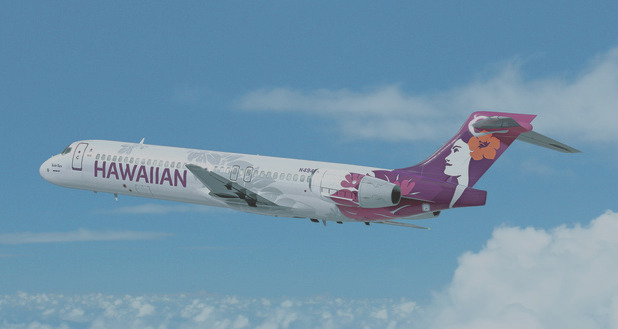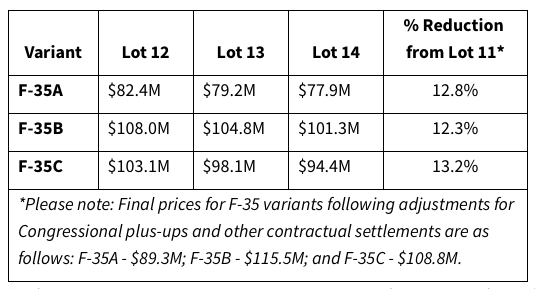CHICAGO, April 15, 2020 /PRNewswire/ — Oscar Munoz, Chief Executive Officer, and J. Scott Kirby, President, today issued the following message to nearly 100,000 United Airlines (NASDAQ: UAL) employees:
To our United Family:
We hope all is well with you and your family. Two weeks ago, we hosted a virtual townhall and it was a valuable opportunity for us to connect with you all. And we’ve been really pleased with the response, more than 50,000 of you tuned in live or watched the broadcast on demand.
At the townhall, we discussed the impact of your calls and letters to Congress as they debated financial support for the airline industry. Washington heard you loud and clear, passing vital legislation that will provide commercial airlines with a total of $50 billion worth of grants and loans. We are grateful for the bipartisan cooperation displayed by leaders in the Congress and Administration — and appreciative of the critical role that you played. The thousands of letters and messages you sent, capturing the spirit of our United family and what our service means to our customers and communities, made all the difference in the world. We will need that spirit more than ever as we set our sights on the rest of 2020 and beyond.
The challenge that lies ahead for United is bigger than any we have faced in our proud 94-year history. We are committed to being as direct and as transparent as possible with you about the decisions that lay ahead and what impact they will have on our business and on you, the men and women of United Airlines.
Let’s start with the near-term. We now expect United to receive approximately $5 billion from the federal government through the Payroll Support Program under the CARES Act – to be used to protect the paychecks of our United employees. This government support does not cover our total payroll expense, but we’re keeping our promise that there will be no involuntary furloughs or pay rate cuts for U.S. employees before September 30. And, payroll only represents about 30 percent of our total costs. Fixed operating and non-payroll costs like airport rent, supplies and infrastructure are significant and not going away. That’s why we’ve been so aggressive in reducing our schedule, slashing capital expenditures, scaling back our work with vendors and consultants and cutting executive salaries in half.
We’re planning to go even further to reduce costs. This weekend, we’ll load a revamped schedule that will further reduce our capacity to about 10 percent of what had been planned for May at the beginning of this year. We expect to announce similar reductions to the June schedule in the next few weeks. We have now essentially redesigned our network to be down 90 percent while complying with the CARES Act and maintaining connectivity among nearly all our domestic destinations. And these May and June schedule reductions will have direct consequences for our frontline employees in terms of total hours worked. Those work groups can expect to hear more details from their leaders soon.
The more flexibility we have from a payroll perspective, the better. So, all work groups can expect to see a continued emphasis on payroll cost cutting options over the next few weeks including new voluntary leave offerings and voluntary separation programs. For those who are eligible, please consider signing up for voluntary COLA and ANP days. We’re grateful to the more than 20,000 employees who have already signed up. Your sacrifice is both deeply appreciated and important to our company’s future.
These schedule changes reflect the stark reality of our situation – and unfortunately, it’s something that even legislation as large as the CARES Act can’t fix. Travel demand is essentially zero and shows no sign of improving in the near-term. To help you understand how few people are flying in this environment, less than 200,000 people flew with us during the first two weeks of April this year, compared to more than 6 million during the same time in 2019, a 97 percent drop. And we expect to fly fewer people during the entire month of May than we did on a single day in May 2019.
The historically severe economic impact of this crisis means even when travel demand starts to inch back, it likely will not bounce back quickly. We believe that the health concerns about COVID-19 are likely to linger which means even when social distancing measures are relaxed, and businesses and schools start to reopen, life won’t necessarily return to normal. For example, not all states and cities are expected to re-open at the same time. Some international travel restrictions will remain in place. Meeting planners and tour operators will do their best to accommodate people looking to avoid large crowds. So, while we have not yet finalized changes to our schedule for July and August, we expect demand to remain suppressed for the remainder of 2020 and likely into next year.
So, let us end where we began, the government funding we expect to receive soon is helpful in the near-term because we can protect our employees in the U.S. from involuntary furloughs and pay rate cuts through the end of September. But the challenging economic outlook means we have some tough decisions ahead as we plan for our airline, and our overall workforce, to be smaller than it is today, starting as early as October 1.
Throughout this crisis, we have been candid and upfront with you. And today is no different. We appreciate the partnership and open dialogue we have with all of you as we confront this extraordinary situation that has had an unprecedented impact on our families and our company. We promise to continue to stay in close touch – and will continue to be as transparent as possible – in the weeks and months ahead.
Stay safe. Stay healthy. And please continue to take good care of our customers and each other. It’s because of you that we remain proud to be United Together.
Oscar and Scott















